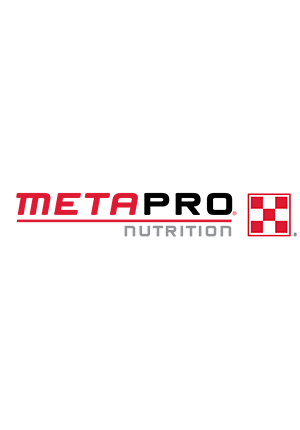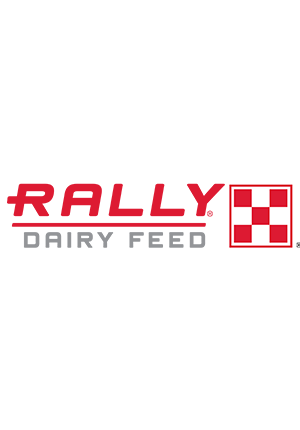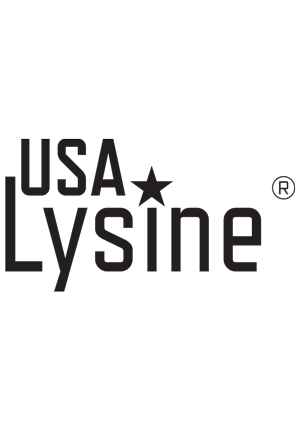
Three Feed Efficiency Tips for Robotic Milking Systems
Cow : Lactating Cow Nutrition

When analyzing your robotic milking system nutrition program, remember your feed decisions are a top factor in maintaining production goals and cow health. Choosing the right feed also motivates cows to the robot, where they can quickly and efficiently consume your highest-quality feed during milking.
Follow these three robotic milking feed efficiency tips to set up your dairy farm for positive returns:
For instance, you could include base and high-calorie pellets in one system and a fresh cow liquid feed, like propylene glycol or molasses, in the other. Two-feed systems can target specific cows that need a slightly different nutrient profile, like a higher bypass protein or increased fat for high-producing cows. The robot uses the cow’s identification system to determine the feed needed based on the lactation stage and production levels.
Robotic milking systems also can be programmed to decrease the amount of feed based on a cow’s production level to optimize her lactation curve after peak milk. Cows need a different nutrient profile as lactation progresses, assuming they are getting the bulk of their feed from the feed bunk.
Purina nutritionists can help you create feed tables for your entire herd, from first-calf heifers to mature cows.
Some farmers are testing the cost savings of replacing pellets with meal and ground feeds in milking robots. Unfortunately, any cost savings could quickly be lost because cows cannot consume ground feeds as rapidly as pellets. Therefore, ground feeds aren’t dispensed as quickly in the robot, and cows either won’t consume the needed amount of feed, or they will impact the efficiency of the entire barn because they are taking longer to eat.
Consider that pellets are formulized to be a complete source of nutrients. They’re often more cost-effective than ground feeds because of their high nutrient content and feed efficiency.
A PMR typically has lower energy content, so cows will need a higher portion of their energy nutritional needs from the pellets in the robot. You can be more efficient with your pellets by cutting back on them when cows are starting to decrease production following peak milk. Reducing the amount of pellets will encourage them to consume more forages from the PMR and can be successful in preventing over-conditioning issues, too. Incorporating forages, corn silage and other home-grown feeds can be a good starting point for balancing the PMR and backtracking to fill the nutritional needs, like protein and energy levels.
To make any ration changes more seamless, Purina nutritionists can assist you to optimize your robotic milking system for feed efficiency.
Want more tips? See how Purina nutritionists partner with dairy farmers around the country to deliver on their unique needs.
Follow these three robotic milking feed efficiency tips to set up your dairy farm for positive returns:
Consider a two-feed system
Historically, many farms used single-feed robotic milking systems to dispense one type of feed. Now, more farms are considering two-feed systems that maximize efficiency by dispensing more than one type of feed.For instance, you could include base and high-calorie pellets in one system and a fresh cow liquid feed, like propylene glycol or molasses, in the other. Two-feed systems can target specific cows that need a slightly different nutrient profile, like a higher bypass protein or increased fat for high-producing cows. The robot uses the cow’s identification system to determine the feed needed based on the lactation stage and production levels.
Robotic milking systems also can be programmed to decrease the amount of feed based on a cow’s production level to optimize her lactation curve after peak milk. Cows need a different nutrient profile as lactation progresses, assuming they are getting the bulk of their feed from the feed bunk.
Purina nutritionists can help you create feed tables for your entire herd, from first-calf heifers to mature cows.
Calculate feed dispense rate
Cows should consume 95% or greater of what they’re being fed in the robot for greatest feed efficiency. Consistency maximizes cow intake and helps hit the target of 95% consumption, and allows for lower refusals volume.Some farmers are testing the cost savings of replacing pellets with meal and ground feeds in milking robots. Unfortunately, any cost savings could quickly be lost because cows cannot consume ground feeds as rapidly as pellets. Therefore, ground feeds aren’t dispensed as quickly in the robot, and cows either won’t consume the needed amount of feed, or they will impact the efficiency of the entire barn because they are taking longer to eat.
Consider that pellets are formulized to be a complete source of nutrients. They’re often more cost-effective than ground feeds because of their high nutrient content and feed efficiency.
Correctly balance PMR and pellets
When feeding a partial mixed ration (PMR) in addition to feeding pellets in the robotic milking system, you need a balanced ration to meet all the cow’s nutrition requirements. The same feed bunk management rules apply to your robotic milking system (even though it’s a PMR rather than TMR) – allow for 24-hour access and some refusal. Refusal should be between 2-5%. Feed bunk management should follow a consistent daily schedule for when feed is dropped and pushed up.A PMR typically has lower energy content, so cows will need a higher portion of their energy nutritional needs from the pellets in the robot. You can be more efficient with your pellets by cutting back on them when cows are starting to decrease production following peak milk. Reducing the amount of pellets will encourage them to consume more forages from the PMR and can be successful in preventing over-conditioning issues, too. Incorporating forages, corn silage and other home-grown feeds can be a good starting point for balancing the PMR and backtracking to fill the nutritional needs, like protein and energy levels.
To make any ration changes more seamless, Purina nutritionists can assist you to optimize your robotic milking system for feed efficiency.
Want more tips? See how Purina nutritionists partner with dairy farmers around the country to deliver on their unique needs.



